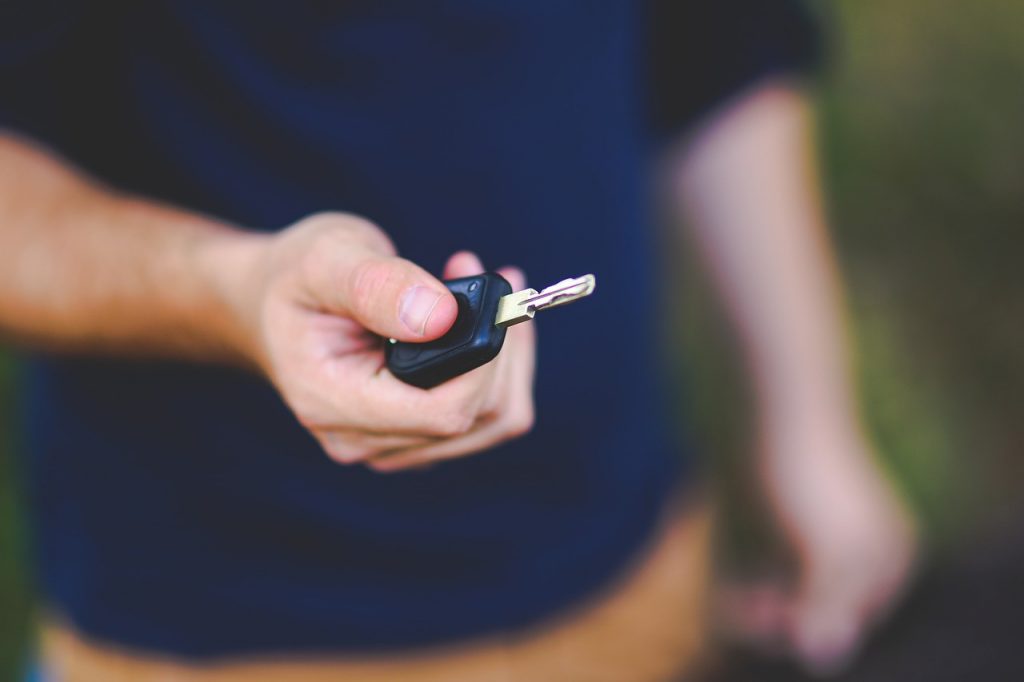All opinions are mine and mine alone.
When it comes to your driving test, it is understandable for you to be nervous. Who isn’t! It isn’t often that you have to prove your understanding and control of a large, expensive machine. And after all of the money that goes into lessons, extra lessons, the test itself your own car sitting waiting on the drive for you.

So here are a few tips to get you driving test ready.
Booking
There tends to be a long wait for a practical test, and it is better to book it as soon as you can. But many people are smart and use something like driving test cancellations so they are notified of cancellations and can move the date up. Which is very useful if you have plans for once you have passed.
Train Your Brain
If you find that before each lesson you are getting nervous, then you probably really don’t love the idea of the test at all. So before each lesson start a ritual. Drink a large glass of water, chew some bubble gum, or try some soothing boiled sweets like Bach’s Remedy, listen to relaxing music. Do this every time to calm yourself down and then on the day of the test, do this ritual to bring your nerves down into check.
You might also like to listen to hypnotherapy tapes or videos that talk about keeping calm and performing the perfect drive. These will all help you get into a relaxed and focused state of mind.
Rest
If you have a few days of not sleeping, then you are going to be too tired to take that test. When you are tired your reflexes are slower, you won’t be as focused, and you might find yourself making some silly mistakes. Rest is essential.
Time
Before your test, you should have your final lesson. Use this time to warm up, and chat to your instructor about any worries you have. Your instructor will always make sure you are at the test center before your designated slot, in fact, they will give you time to spare and keep you calm too. You can choose not to have the extra lesson, but it gives you a chance to ask any last-minute questions – and you’re probably using your instructors’ car to take the test anyway.
Double-Check
You will need to bring a few things with you to the test. Your learner’s license, any documents that your instructor has asked you for, and a pack of gum. More tests are canceled because people forget to bring things with them than you might realize.
Car
As mentioned above, you should use your instructor’s car. Much like the brain training, you are used to this car, you have learned in it. And although all instructor cars are kept in the highest quality and condition, you will still be aware of any beeps or notifications on the dashboard and will be able to pass the first few questions with ease. The Show Me Tell Me is essential, so knowing the car will help. You will also understand how it steers, the weight of the vehicle, and how to move the mirrors too.
Ask
If you think you misunderstood the question as them to repeat it. Never risk giving an answer to the question that you think you heard. The only verbal instruction you can’t hesitate on is the emergency stop. So if you need to ask, then ask.
Failed!
If you make a mistake, and you know you have you can, of course, talk to the examiner about it. They will already have noticed and marked it down. Interestingly you are allowed a fair few minors. Stalling the car is only a minor unless it is in a particularly dangerous situation. Even if you know you have made a mistake don’t assume you have failed. Drive your best for the duration of the test regardless. Many people are often surprised that they passed when they felt they drove terribly.
Location
The location you take your test is most probably the one closest to your home. You will have been driving along those roads for all of your lessons and extra practice. However, you can choose to take a test in an area with a higher pass rate if you like. It isn’t frowned upon to do this, but some areas are more challenging to navigate than others.
Test Routes
On the day of the test, you will be taken along on of the designated routes – but you will never know which one until the day. Your instructor will likely have taken you along as many, if not all, of the routes possible and you will probably find yourself recognising the roads and preempting things like people, crossings, sharp turns and so on. Make sure that you have practiced on as many routes as possible.
Cockpit Checks
The moment you sit in the car, you need to display that you are arranging the car to the maximum levels for safety. You will check the wing mirrors, rearview mirror, the steering wheel, your chair, and your belt should be on too. Always check your examiner has put their seatbelt on also – just like you would any other passenger.
Mirrors
You can’t get in trouble for checking your mirrors too much. But if you aren’t seen to be checking them often and appropriately, then you will fail. Although the examiner is well versed in seeing people check the mirrors, it doesn’t hurt to slightly exaggerate the movement of your head.
Blindspot
Check it, check it, and check that blindspot one more time before you pull off. This can cause some significant accidents, and you will know where the one in your instructor’s car is.
Test Time
The right time to take your test will depend on you. Many people enjoy taking the test very early in the morning. There is typically less traffic on the road, and it will be an enjoyable drive. School times and rush hours can mean you get stuck in traffic, and if you are there too long, you won’t be able to complete the test.
Don’t Rush
The final tip would be to not rush to take your test. Many people book a test too early in their lessons and fail because they weren’t as confident in things like parallel parking or reversing around the corner. Take as much time as you need to feel confident and comfortable while driving.



Speak Your Mind